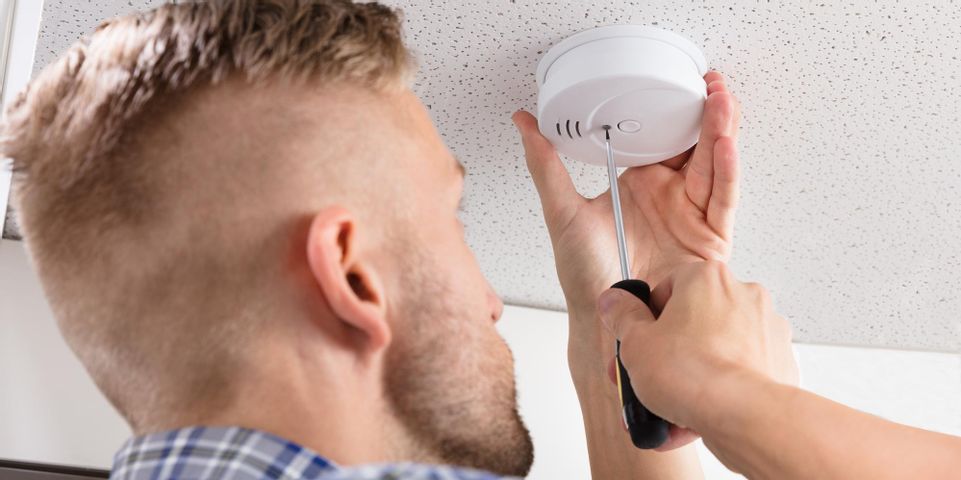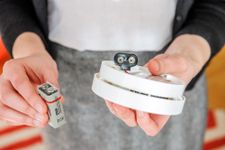What You Should Know About Carbon Monoxide Detectors

From boilers to furnaces and air conditioners, there are several common household appliances that produce carbon monoxide. If equipment is dirty or malfunctions, there’s an increased risk of toxic fumes entering the air supply. As carbon monoxide is tasteless, colorless, and odorless, the levels could be life-threatening before you’re aware of a problem. During inspections and repairs, an HVAC contractor will inform you of the dangers the gas poses and how to effectively use carbon monoxide detectors to keep your household out of harm’s way.
How Carbon Monoxide Detectors Will Prevent Dangerous Situations
Install a Device on Each Floor
For peace of mind, there should be at least one detector on each floor of the house, positioned in hallways or close to bedrooms. If you have conventional gas- or propane-fueled heating equipment, the toxic fumes can flow through ducts and into individual rooms. In this case, it’s best to install carbon monoxide detectors in each room with vents and registers. The alarm will sound, letting occupants know to evacuate before the gas has a chance to spread throughout the house. If you have gas-burning appliances in the basement, garage, or outdoor living spaces, place the devices in those areas, as well.
Remember to Clean Equipment & Replace Batteries
 To ensure the detectors work when needed, routinely clean the fixture with the soft brush attachment of a vacuum. This will remove dust and other airborne particles that could block the sensors. With battery-operated systems, replace the batteries once every six months. Turn on the alarms temporarily to test the volume levels, making sure you can hear the noise throughout the house. Writing down the date of purchase is also a good idea, as you can keep track of the age of equipment. This way, an HVAC contractor can recommend when to install new devices.
To ensure the detectors work when needed, routinely clean the fixture with the soft brush attachment of a vacuum. This will remove dust and other airborne particles that could block the sensors. With battery-operated systems, replace the batteries once every six months. Turn on the alarms temporarily to test the volume levels, making sure you can hear the noise throughout the house. Writing down the date of purchase is also a good idea, as you can keep track of the age of equipment. This way, an HVAC contractor can recommend when to install new devices.
Consult a Technician for Proper Placement
Where detectors should be placed largely depends on the type of equipment installed, so consult an HVAC contractor for guidance. They will let you know whether equipment should be positioned within 5 feet of the floor or closer to ceilings. When using units plugged into electrical outlets, make sure drapes, furniture, and other items don’t block airflow to the areas. Connected to the home’s wiring system, hard-wire models are often linked to fire alarms and other alert systems to sound during emergencies.
Regardless of the type of detectors installed, don’t place them in bathrooms and other areas with high humidity levels. Putting the devices near vents, ceiling fans, and open windows should also be avoided. The altered ventilation and heavy airflow could compromise the effectiveness of equipment.
To prevent fatigue, dizziness, nausea, confusion, and other problems that stem from carbon monoxide poisoning, reach out to the licensed HVAC contractors at Lenox Heating & Cooling in Chillicothe, OH, for help. With an A+ rating from the Better Business Bureau®, they will provide air conditioning and furnace repairs and inspections to lower the risk of carbon monoxide leaks from heating and cooling equipment. They will also recommend where to place detectors to keep your family safe. To schedule an appointment in Ross County, call (740) 702-2665. Visit the family-owned and -operated company online to learn more about their services.
About the Business
(5 reviews)
Have a question? Ask the experts!
Send your question

